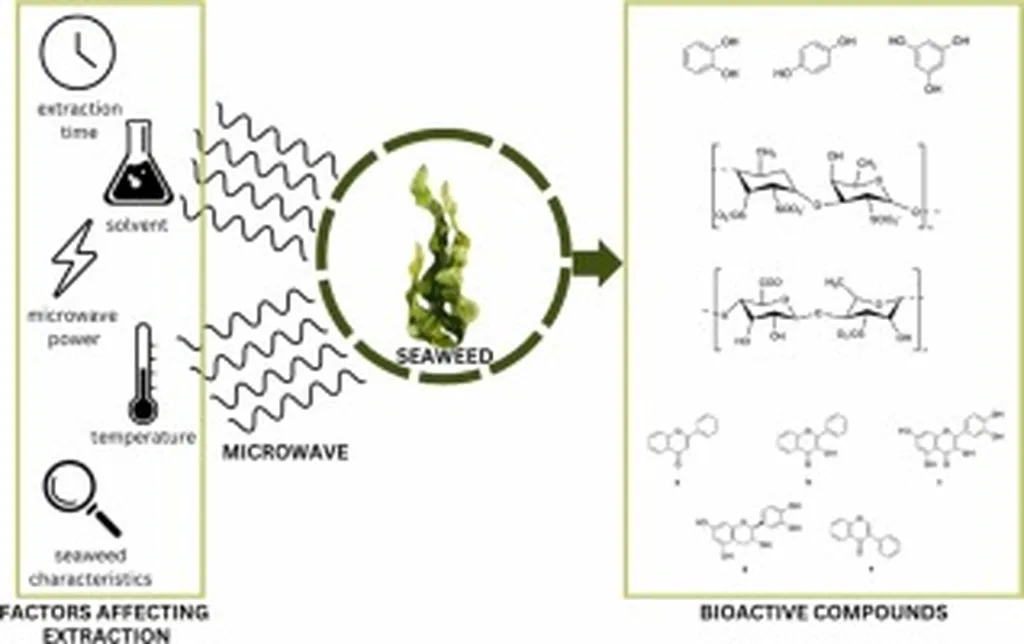In the quest to unlock the full potential of medicinal plants, researchers have long grappled with the challenge of optimizing extraction methods to maximize yield and bioactivity of valuable phytochemicals. A recent study published in *Scientific Reports* sheds new light on this issue, offering promising insights for the agriculture and bio-pharmaceutical sectors. The research, led by Majid Sharifi-Rad from the Department of Range and Watershed Management at the University of Zabol, delves into the comparative analysis of various solvent and advanced extraction techniques for Matthiola ovatifolia, a plant with significant therapeutic potential.
The study investigated the influence of different solvents—ethanol, water, DMSO, and acetone—and extraction methods, including conventional solvent extraction (CSE), ultrasound-assisted extraction (UAE), microwave-assisted extraction (MAE), and a novel combination of ultrasound and microwave-assisted extraction (UMAE). The findings revealed substantial variations in the phytochemical composition and biological activities of the extracts obtained from the aerial parts of Matthiola ovatifolia.
“Our results showed that the ethanolic extract prepared using microwave-assisted extraction contained the highest concentrations of total phenolics, flavonoids, tannins, alkaloids, and saponins,” Sharifi-Rad explained. This extract also demonstrated the highest antioxidant, antibacterial, cytotoxic, antidiabetic, and anti-inflammatory activities, highlighting the efficacy of MAE in extracting bioactive compounds.
The commercial implications of this research are profound. For the agriculture sector, optimizing extraction techniques can enhance the value of medicinal plants, making them more attractive for cultivation and processing. Farmers and agribusinesses can leverage these findings to produce higher-quality extracts, thereby tapping into the growing market for natural and bio-based products. “This research provides a roadmap for the agricultural industry to maximize the yield and bioactivity of valuable phytochemicals, ultimately boosting the economic potential of medicinal plants,” Sharifi-Rad added.
Moreover, the study’s emphasis on advanced extraction methods like MAE and UMAE opens avenues for technological innovation in the bio-pharmaceutical industry. These methods are not only more efficient but also environmentally friendly, reducing the need for harmful solvents and minimizing waste. As the demand for natural and sustainable health products continues to rise, the adoption of these techniques can drive significant advancements in the field.
The research also underscores the importance of continued exploration into the therapeutic potential of medicinal plants. By understanding the intricate relationships between extraction methods, phytochemical composition, and biological activities, scientists can develop more effective and targeted treatments. This holistic approach is crucial for advancing the field of natural medicine and meeting the evolving health needs of the population.
In conclusion, the study by Sharifi-Rad and his team represents a significant step forward in the optimization of phytochemical extraction techniques. The findings offer valuable insights for the agriculture and bio-pharmaceutical sectors, paving the way for innovative and sustainable practices. As the world increasingly turns to natural solutions for health and wellness, this research provides a compelling case for the continued investment in and exploration of medicinal plants.

